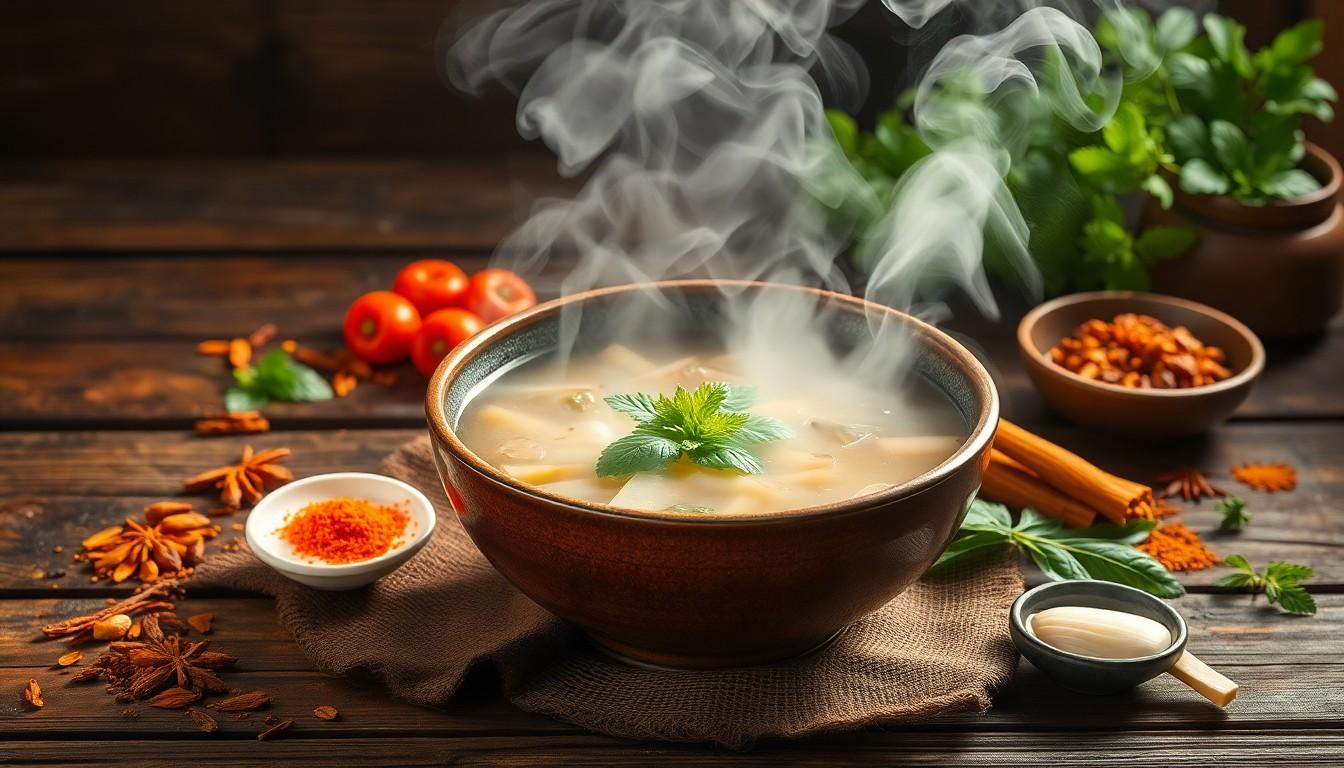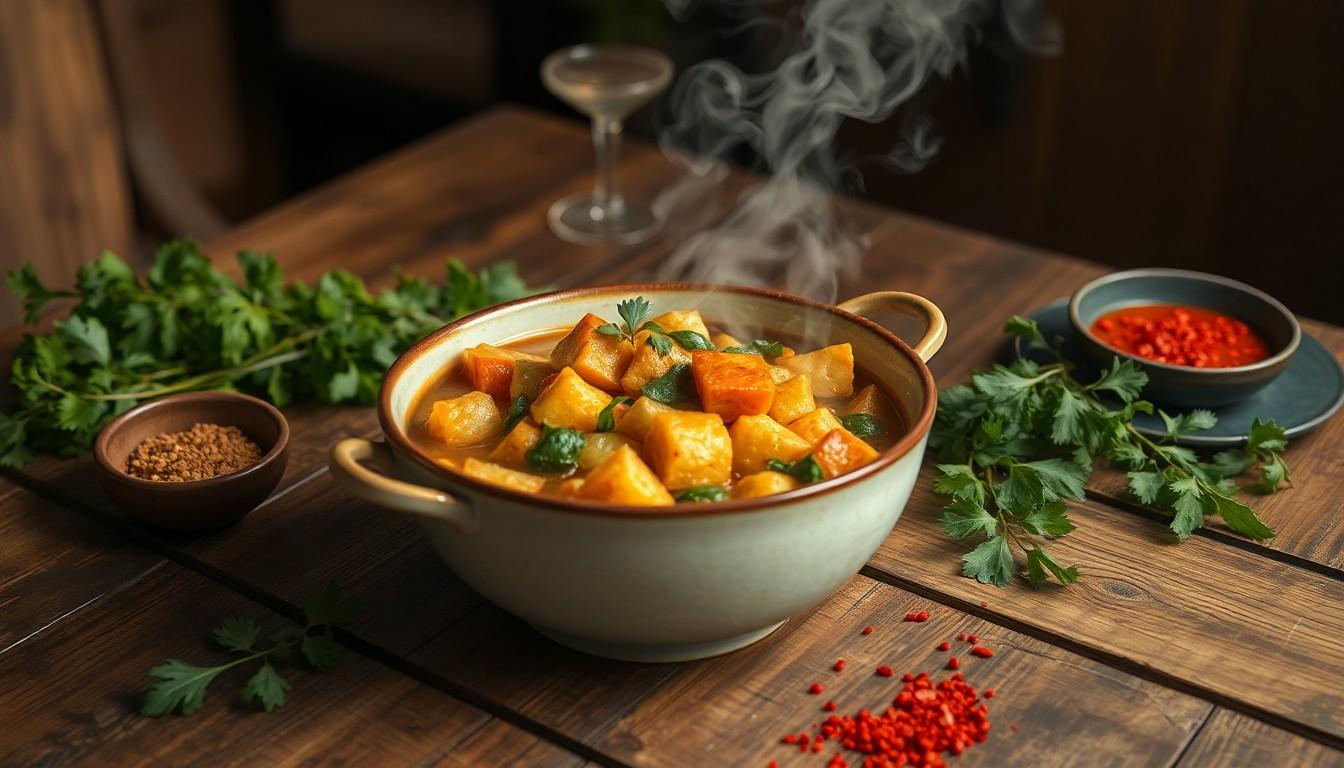When it comes to zunaong, serving it hot isn’t just a suggestion—it’s a culinary commandment! Imagine the rich flavors and tantalizing aromas wafting through the air, making your taste buds dance with anticipation. If zunaong were a superhero, its superpower would be the ability to transform a simple meal into a warm embrace that wraps around you like a cozy blanket on a chilly night.
The Importance of Serving Zunaong Hot
Serving zunaong hot enhances its flavors, maximizing the dish’s flavor profile. Heat brings out the richness of spices and ingredients used in zunaong, ensuring that every bite bursts with taste. Optimal serving temperature contributes to a gratifying culinary experience.
Aromas play a significant role in food enjoyment. When zunaong is served hot, the enticing smells waft into the air, captivating diners and setting the stage for a memorable meal. This sensory engagement elevates the overall experience.
Furthermore, heat affects texture. Zunaong’s ingredients often include tender proteins and steaming vegetables. Serving this dish hot ensures that these textures remain appealing and inviting, creating a satisfying contrast.
Certain nutrients thrive best when consumed warm. For instance, the heat preserves vitamins and minerals, promoting health benefits for those enjoying zunaong. Temperature impacts not only taste but also the nutritional value, making it crucial to serve hot.
Diners engaged in hot zunaong often experience enhanced comfort. The warmth of the dish creates a homey atmosphere that invites conversation, connection, and camaraderie. Comfort food like zunaong serves to forge bonds among family and friends.
Lastly, cultural traditions frequently dictate serving temperatures. Many culinary practices emphasize that certain dishes are best enjoyed hot, reinforcing customs and enhancing dish authenticity. Respecting these traditions contributes to a faithful preparation and enjoyment of zunaong.
Flavor Enhancement

Serving zunaong hot significantly elevates the dish’s overall flavor experience. The intensity of heat activates the spices, revealing their full potential. Each bite becomes a burst of warmth and richness, creating a delightful balance. Diners notice how the heat enhances the natural flavors, making each ingredient more pronounced. When zunaong is piping hot, it retains its complex flavor profile, ensuring that every aspect of the dish shines through.
Impact on Taste
Heat plays a crucial role in unlocking the depth of taste in zunaong. Spices meld together, harmonizing and creating a more robust flavor. Diners often experience a greater appreciation for the flavors when the dish is served hot. Temperature has a direct effect on perception, making the spices feel more vibrant. Hot zunaong encourages an enjoyable sensory experience, allowing flavors to dance on the palate.
Aromatic Benefits
Serving zunaong hot releases enticing aromas that attract diners immediately. The steam carries the scent of spices, creating an inviting atmosphere. Aromas influence how individuals perceive taste, enhancing the overall dining experience. A warm dish often smells more intense and appealing, stimulating appetite. When enjoyed fresh off the stove, zunaong offers a fragrant experience that complements the flavors.
Health Considerations
Serving zunaong hot offers various health benefits that contribute to an enjoyable dining experience.
Nutritional Retention
Heat plays a vital role in preserving the nutritional components of zunaong. Cooking at high temperatures helps maintain vitamins and minerals typically lost during cooler serving methods. For instance, certain water-soluble vitamins can degrade if exposed to lower temperatures. Serving this dish hot keeps those nutrients intact, allowing diners to enjoy the full benefits of the ingredients. Additionally, warm food promotes better digestion, as heat often aids the body in breaking down food more efficiently. Diners experience more energy from a dish that retains its nutritional integrity.
Safety Concerns
Serving zunaong hot addresses important safety considerations. When food is kept at appropriate temperatures, harmful bacteria have less chance to thrive. For instance, cooked proteins and vegetables can quickly become unsafe if they cool down too much. Serving zunaong hot minimizes the risk of foodborne illnesses, ensuring diners stay healthy. Moreover, the higher temperature contributes to an overall reduction in pathogens present in the food, making it safer to eat. Diners feel more confident enjoying a dish that comes straight from the heat.
Cultural Significance
Serving zunaong hot holds deep cultural relevance, intertwining tradition and flavor in dining experiences.
Traditional Practices
Culinary customs often dictate that dishes like zunaong must be hot to align with cultural heritage. Families regularly gather to enjoy this dish, reinforcing the communal aspect of dining. Festivals and celebrations typically feature zunaong served steaming, emblematic of warmth and hospitality. Collectively, these practices elevate the dish from mere food to a significant cultural symbol, reflecting values linked to togetherness and shared experiences.
Dining Etiquette
Proper dining etiquette emphasizes the importance of serving zunaong hot during meals. Guests often expect warmth not only for comfort but also as a mark of respect. Traditionally, serving hot food signifies care and attention from the host, enhancing relationships among diners. Engaging in this practice ensures that all guests enjoy the meal fully, making every gathering an opportunity for connection and enjoyment.
Conclusion
Serving zunaong hot is essential for maximizing its rich flavors and aromas. The warmth not only enhances taste but also preserves the dish’s appealing textures and nutritional value. It creates a comforting atmosphere that fosters connection among diners, making every meal a shared experience.
Culturally significant, serving zunaong hot aligns with traditions that emphasize hospitality and care. It transforms a simple dish into a symbol of warmth and togetherness, reinforcing relationships and inviting conversation. Ultimately, enjoying zunaong at the right temperature elevates the dining experience, making it both memorable and meaningful.

